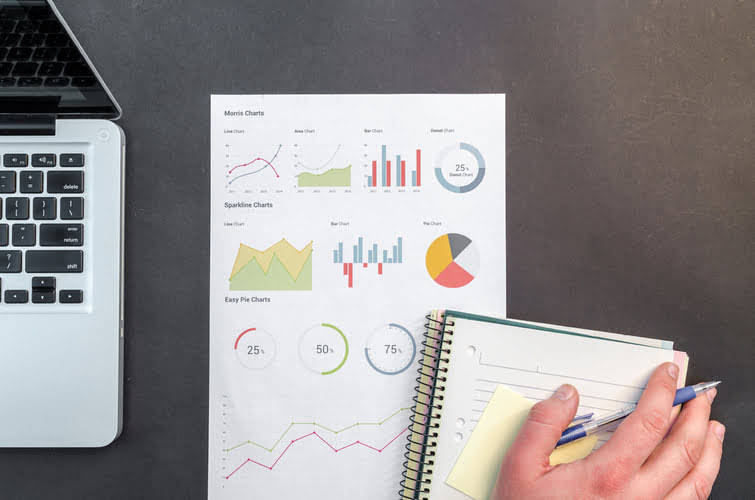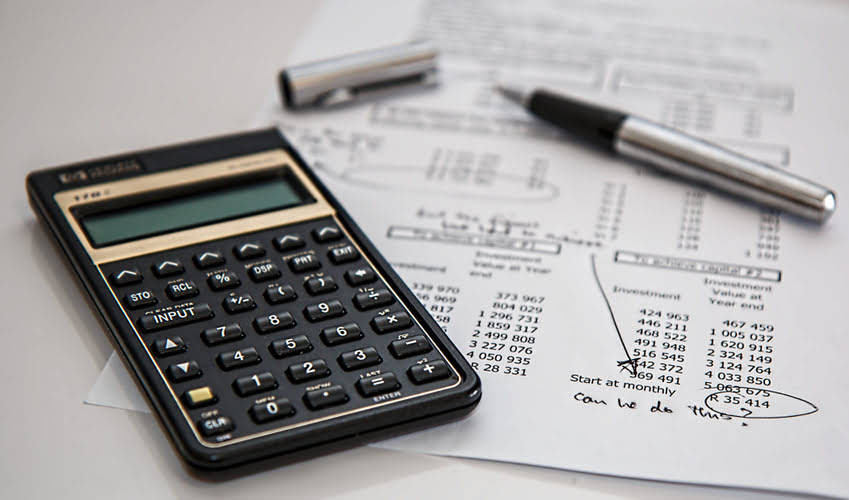
One way of accelerating the depreciation expense is the double decline depreciation method. Given its nature, the DDB depreciation method is best reserved for assets that depreciate rapidly in the first several years of ownership, such as cars and heavy equipment. By applying the DDB depreciation method, you can depreciate these assets faster, capturing tax benefits more quickly and reducing your tax liability in the first few years after purchasing them. The Straight-Line Depreciation Method allocates an equal amount of depreciation expense each year over an asset’s useful life. This method is simpler and more conservative in its approach, as it does not account for the front-loaded wear and tear that some assets may experience. While it may not reflect an asset’s actual condition as precisely, it is widely used for its simplicity and consistency.
- From year 1 to 3, ABC Limited has recognized accumulated depreciation of $9800.Since the Machinery has a residual value of $2500, depreciation expense is limited to $10000 ($12500-$2500).
- Unlike straight-line depreciation, we don’t apply the percentage (40% in our example) to the total purchase price of the asset every year—just the first year.
- Some companies use accelerated depreciation methods to defer their tax obligations into future years.
- This method aligns depreciation expense with the asset’s higher productivity and faster obsolescence in the initial period.
Double Declining Balance Method Calculator
Accumulated depreciation is the sum of all previous years’ depreciation expenses taken over the life of an asset. It is presented as a negative number on the balance sheet in the asset section. Companies use depreciation to spread the cost of an asset out over its useful life. By following these steps, you can accurately calculate the depreciation expense for each year of the asset’s useful life under the double declining balance method. This method helps businesses recognize higher expenses in double-declining-balance depreciation the early years, which can be particularly useful for assets that rapidly lose value.
- Every tax return holds valuable insights that can help you optimize your client roster.
- Once you calculate the depreciable cost each year, just calculate the depreciation expense of 40%.
- Double Declining Balance (DDB) depreciation is a method of accelerated depreciation that allows for greater depreciation expenses in the initial years of an asset’s life.
- Using the steps outlined above, let’s walk through an example of how to build a table that calculates the full depreciation schedule over the life of the asset.
Double Declining Balance Method for Depreciation (With Examples)
- This methodology embraces the reality that certain assets – consider our example of an upscale printer – will inevitably experience rapid depreciation.
- Suppose a company purchases a piece of machinery for $10,000, and the estimated useful life of this machinery is 5 years.
- Companies need to opt for the right depreciation method, considering the asset in question, its intended use, and the impact of technological changes on the asset and its utility.
- One of the reasons DDB is considered an accelerated depreciation method is its focus on aligning expenses with the asset’s performance and value.
- Learn how to build, read, and use financial statements for your business so you can make more informed decisions.
There are four different depreciation methods used today, and I discuss these in the last section of my Beginner’s Guide to Depreciation. The above image doesn’t a much better job of explaining switching depreciation methods than mere words alone. In year three, the amount that would be generated by Straight-Line at that point in time would be the depreciable cost, which is now $3,600 divided by three as we only have three years left in the assets life. The mathematics of Bakery Accounting Double-declining depreciation will never depreciate an asset down to zero.

You can match maintenance costs

Consider a scenario where a company leases a fleet of cars for its sales team. These cars are crucial for the business, but they also lose value quickly due to high mileage and wear and tear. Using the DDB method allows the company to write off a larger portion of the car’s cost in the first few years. This higher initial depreciation aligns with the rapid decrease in the car’s value and the heavy use in the early years. Continuing with the same numbers bookkeeping as the example above, in year 1 the company would have depreciation of $480,000 under the accelerated approach, but only $240,000 under the normal declining balance approach.

Straight Line Depreciation Rate Calculation
In summary, understanding double declining balance depreciation is crucial for making informed financial decisions. It’s a method that can provide significant benefits, especially for assets that depreciate quickly. On the other hand, with the double declining balance depreciation method, you write off a large depreciation expense in the early years, right after you’ve purchased an asset, and less each year after that.




